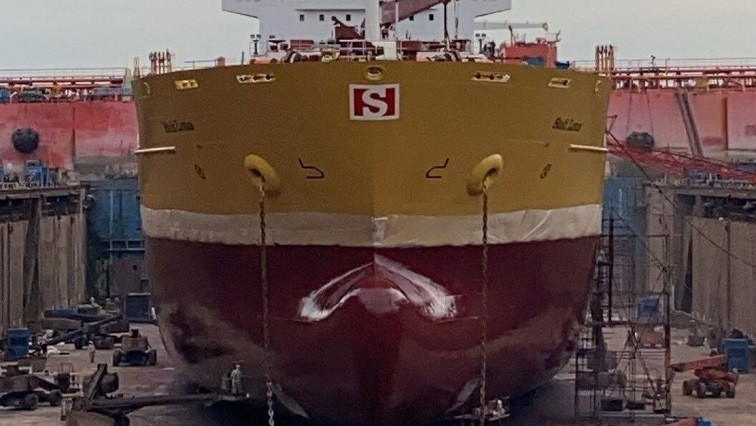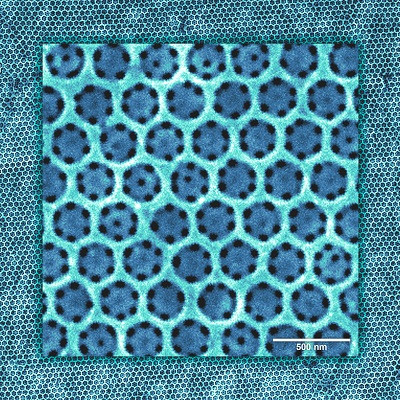The X-GIT FUEL graphene technology, developed by Graphite Innovation & Technologies (GIT) Coatings, has the potential to reduce fuel consumption and resulting greenhouse gas emissions.
X-GIT FUEL is a hard foul release hull coating that creates an ultra-low friction surface to increase vessel performance, without the use of biocides, silicon oils or toxic components. The coating is expected to provide fuel savings of between five and seven percent by decreasing the friction between the hull and the water and removing marine growth as the ship travels.
This latest application follows Stolt Tankers’ work with GIT Coatings earlier this year to apply the graphene coating to the propellors of more than 40 ships – another world first.
Adopting this technology supports Stolt Tankers’ commitment to explore solutions that have the potential to enhance the efficiency of its fleet and reduce the impact of its operations on the environment. It also supports Stolt Tankers’ ambition to reduce its carbon intensity by 50% (relative to the 2008 baseline) by 2030, and helps customers in reducing their Scope 3 emissions.
Lucas Vos, President of Stolt Tankers, said: “The collaboration with GIT Coatings is a great example of how innovation is helping the maritime industry on its journey to a carbon-free future. Cutting-edge technology like this isn’t just about preventing wear and tear to our ships. The coating is a simple way we can help protect marine ecosystems, while maintaining operational efficiency.”
Mo AlGermozi, CEO of GIT Coatings, added: "This is a fantastic collaboration that speaks for itself. Stolt Tankers has so far coated the propellors on more than 40 ships and has now begun the process on its ship hulls. This helps both companies continue to deliver on their commitment to protecting the climate and the ocean. Thanks to forward-looking partners like Stolt Tankers.”
In early November, the 30,000-deadweight tonne Stolt Lotus was drydocked in China for five days where the sustainable hull coating was applied. It is expected to last for approximately ten years, with an evaluation at five years to confirm if any maintenance is required.
Read the original article on Stolt-Nielsen.







